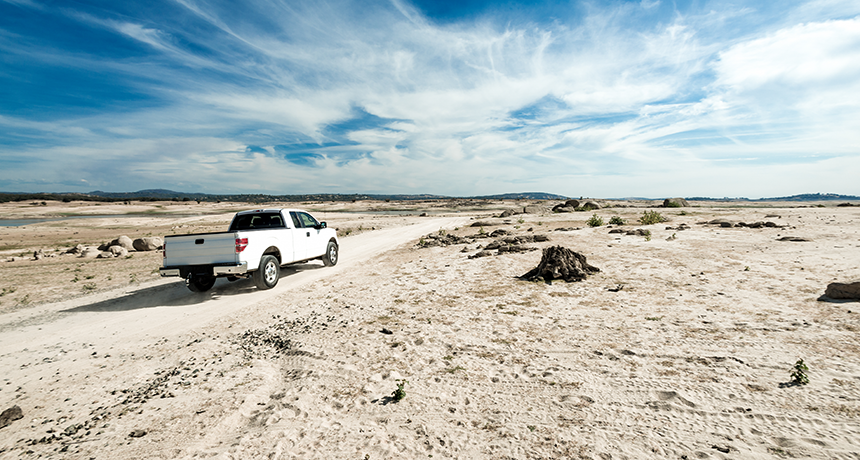Questions for ‘Fingerprint of climate change shows up in some extreme weather’

California’s Folsom Lake in October 2015. So much water evaporated that a full size truck could drive across parts of the lake bed without getting wet. Studies seek to test whether such extreme weather was driven by climate change.
MCMLXXXI/iStockphoto